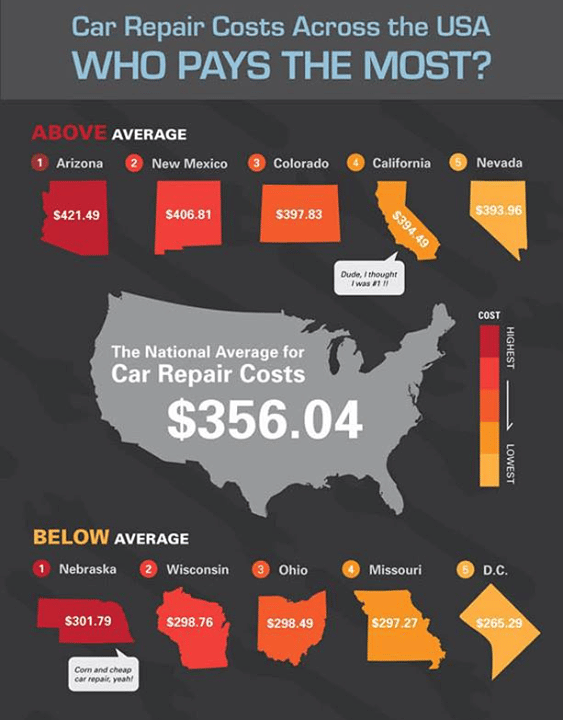Discover How To Change Your Cars And Truck'S Oil By Adhering To The Step-By-Step Instructions Given In This Guide
Discover How To Change Your Cars And Truck'S Oil By Adhering To The Step-By-Step Instructions Given In This Guide
Blog Article
Short Article Composed By-Baker McGuire
So, you prepare to take charge of your car's upkeep and conserve some cash along the way. Yet where do you start? Recognizing the basics of changing your cars and truck's oil is an essential ability that every cars and truck proprietor need to understand. It's not as challenging as it may seem, and with a couple of basic actions, you'll be on your way to mastering this essential job.
Gather Necessary Tools
Before beginning the oil change process, see to it you have all the needed tools readily offered. The important tools for altering your car's oil consist of a wrench or socket set to get rid of the drainpipe plug, an oil filter wrench to change the oil filter, a funnel to pour in the brand-new oil, a dustcloth or more for cleanup, an oil pan to capture the old oil, a brand-new oil filter, and the proper kind and amount of oil for your lorry. Having these tools on hand will certainly make the process smoother and quicker.
Furthermore, it's a great idea to use old clothes or overalls to secure on your own from getting dirty. Keep some non reusable gloves handy to keep your hands tidy during the oil adjustment.
Once you have gathered all the devices and products, discover a flat surface to work with and ensure your vehicle's engine has actually cooled down before starting. Following these actions will help you successfully change your cars and truck's oil with no missteps.
Drain the Old Oil
To drain the old oil from your cars and truck, find the oil drainpipe plug beneath the vehicle's engine. Ensure you have a drainpipe pan all set to capture the oil. When you have actually determined the oil drain plug, placement the drainpipe frying pan straight beneath it. Make use of a socket wrench to loosen up the drain plug in a counterclockwise direction. Be prepared for some oil to start spurting as soon as the plug is totally loosened. Enable the old oil to drain completely into the pan.
While the old oil is draining pipes, it's a good time to locate and get rid of the oil filter. Loosen the oil filter in a counterclockwise instructions making use of an oil filter wrench. Beware, as the filter may still include some hot oil. Once the oil filter is removed, let any kind of remaining oil drainpipe into the pan. Check the gasket on the old filter to ensure it's not stayed with the engine.
Refill With Fresh Oil
Once the old oil has totally drained pipes, continue to refill your vehicle's engine with fresh oil. Begin by finding the oil filler cap on top of the engine. Spin it counterclockwise to remove it. Before gathering the brand-new oil, inspect your owner's guidebook to figure out the proper oil weight and the number of quarts your engine needs.
Next off, insert a channel into the oil filler opening to stop spills. Gradually pour in the fresh oil, pausing occasionally to check the oil level with the dipstick. It's vital not to overfill, as this can bring about engine damage.
After pouring in the designated amount of oil, change the oil filler cap securely. Begin Recommended Internet site and truck and allow it run for a couple of mins to permit the new oil to circulate through the engine.
Shut off the engine and check for any type of leaks around the oil filter and oil drain plug. Clean away why not check here of spills with a rag.
Congratulations, you have effectively transformed your vehicle's oil!
Final thought
Now that you've changed your automobile's oil, you can appreciate smoother performance and better engine health and wellness.
Bear in mind to get rid of the old oil correctly and stay up to date with routine oil modifications to keep your lorry running smoothly.
Great job on dealing with your car!
